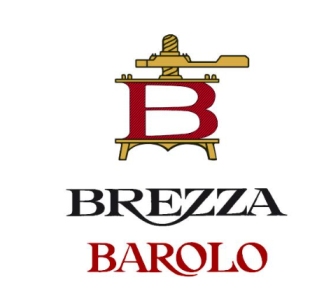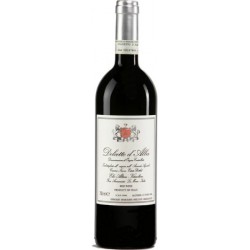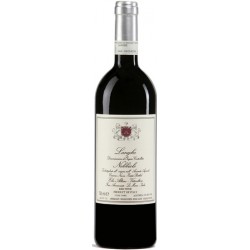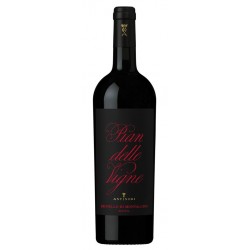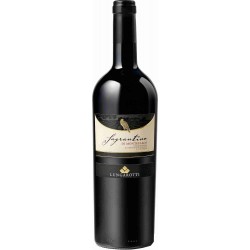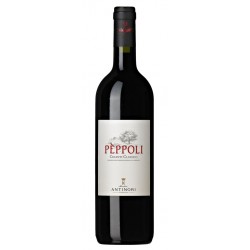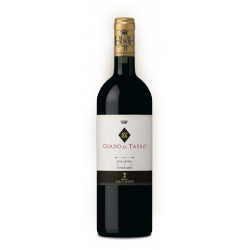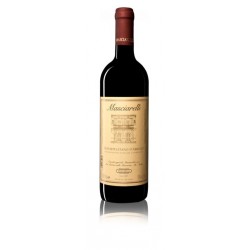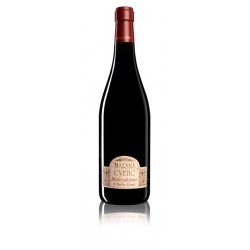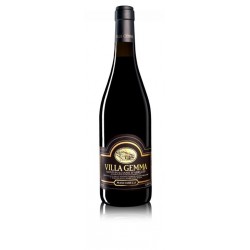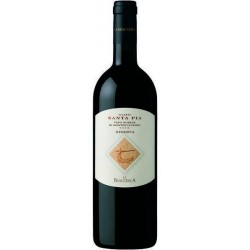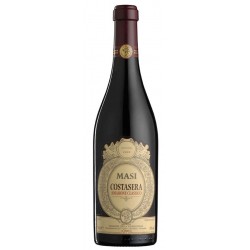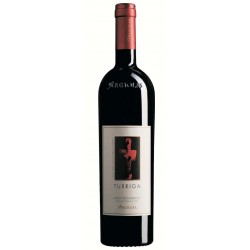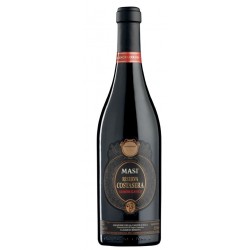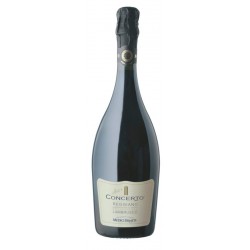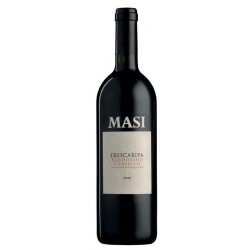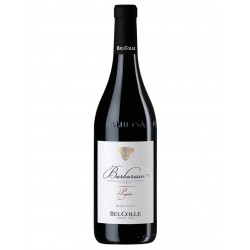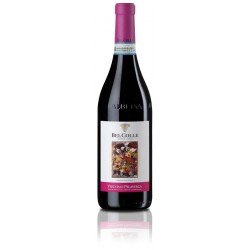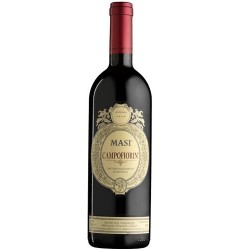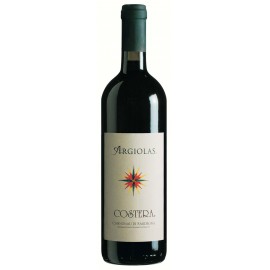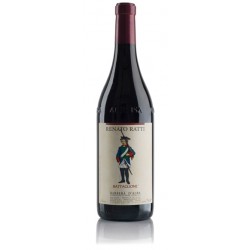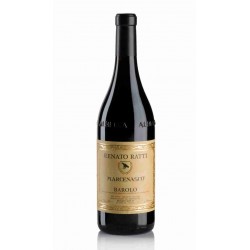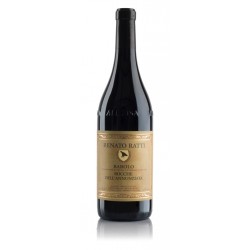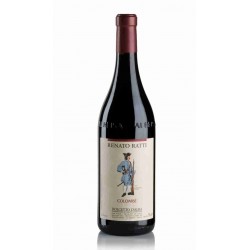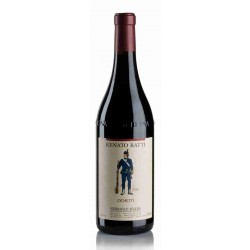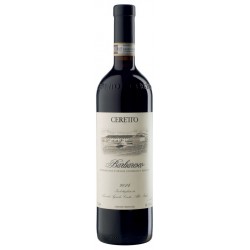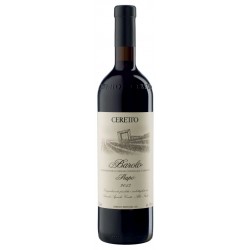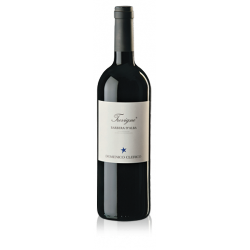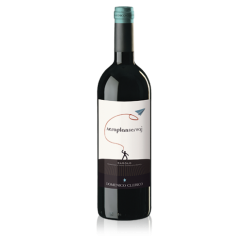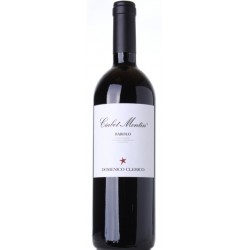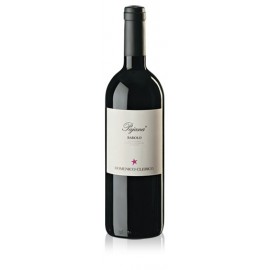No products
Prices are tax included
Product successfully added to your shopping cart
There are 0 items in your cart. There is 1 item in your cart.
Red wines
- White Wines
- Red wines
- Rosé wines
- passiti wines
- Sweet Wines
- Sparkling wines
- Champagne
- Special Offers
- Wines from the world
- Finest Wines
- Awarded wines
- Tasting List
-
Our's Manufacturers
- Abrigo Giovanni
- Adriano Marco e Vittorio
- Amalia
- Anselma Famiglia
- Antichi Vigneti di Cantalupo
- Barale Fratelli
- Brezza
- Bricco Mollea
- Burdisso
- Conterno Franco
- Dacapo
- Dogliani il Generale
- Enzo Boglietti
- Fattoria Del Teso
- Fratelli Serio & Battista Borgogno
- Gabriele Scaglione
- La Spinetta
- Ghiga
- Giribaldi Mario
- Monchiero
- Negro Angelo
- Negro Giuseppe
- Palladino
- Pepici
- Pietro Piovano
- Pira Luigi
- Pressenda Diego
- Ressia
- Rocche Costamagna
- Tenuta Baràc
- Gallino Giuseppe
- Bag in Box
- Spirits and Liqueurs
- Not only wine
Viewed products
-

Barolo Cannubi, Brezza
Organic Wine 2020 VINTAGE...
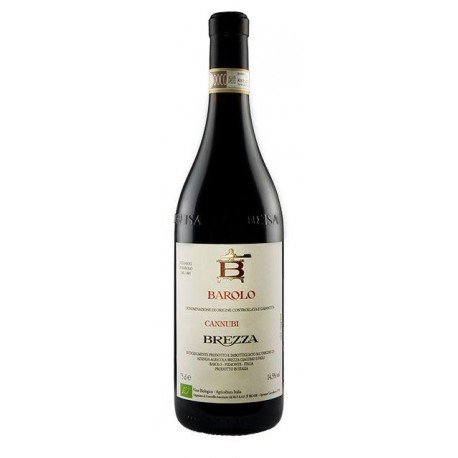 View larger
View larger
Barolo Cannubi, Brezza
New
GIVEN THE LIMITED AVAILABILITY, PLEASE BEFORE THE ORDER, SEND AN E MAIL TO freddy.musso@gmail.com
- Write a review
By buying this product you can collect up to 4 loyalty points. Your cart will total 4 points that can be converted into a voucher of 2,00 €.
- Send to a friend
- Remove this product from my favorite's list.
- Add this product to my list of favorites.
Data sheet
| District | Piemonte |
More info
BAROLO CANNUBI
Location
town of Barolo
Soil structure
silt-sand
Composition of soil
silt 39.5%, sand 36.9%, clay 23.6%
Trellising
Vertical canopy
Vineyard expansion
1.4 ha
Pruning system
traditional Guyot
Exposure
South-East
Planting with
1 m X 2.7 m
Altitude
250 m
Plant density
3,700 plants per hectare
Varietal
Nebbiolo
Sub varietal
Lampia and Michet
Production
about 6.000/7,000 KG / ha
Rootstock clone
420 A, K5BB
Year planted
1994/2003
Soil characteristics
“In all honesty. Don’t give the legs to your head, preparing for a calm, dreamless sleep. The next morning you wake up asking the world to win a battle.” Paolo Monelli, “The wandering glutton”, 1935. or: Barolo, How reminiscent of “the Atlas of the Langhe” published by Slow Food: “The oldest bottle bearing a MEGA (Additional Mention of the Geographic) on the label that mentions Cannubi 1752. This precious heirloom indicates how Cannubi vineyard was already famous and evaluated before the advent of the Barolo wine. The prestige of Cannubi has never known disgrace, indeed and always served to give luster to the wineries that produced it.” Even geologically speaking it is clear the uniqueness of Cannubi; here we are in fact merge two of the four geological formation during the Elvezaiono era that characterize the area of Barolo: the SANT’AGATA FOSSIL MARL (TOV) this is mainly in the towns of Barolo and La Morra. The DIANO SANDSTONES that characterize the towns of Castiglione Falletto, Monforte d’Alba, and Barolo. They consist of more or less compact sand alternating with the grey sandstone
Production process
During the harvest time (October), the grapes are carefully hand selected in the vineyards and then transported to the winery in small plastic baskets. Once the grapes have arrived to the winery they are immediately de-stemmed and crushed and quickly moved to temperature controlled stainless steel tanks to undergo fermentation. Alcoholic fermentations usually lasts about 7-8 days with temperatures never to exceed 26 °C / 78 °F. In this phase the maceration is carried out over a prolonged period of time normally for another 10-15 days with an emerged cap with frequent pump overs. After racking the wine it is moved into cement vats to undergo malolactic fermentation with a temperature of 18 °C/ 64 °F , to facilitate this procedure without waiting for the spring warmth. After the second fermentation, the resulting wine can go into Slavonian oak casks of medium capacity (30 hl). Where it will rest for another two years, after which we will decided the appropriate bottling for this wine. Once bottled will rest another year in a special room with a constant temperature of about 15 °C / 59°F. Exceeded the regulated controls by the law, only about 9,000 bottles which are to be all numbered and then will be placed into the market














